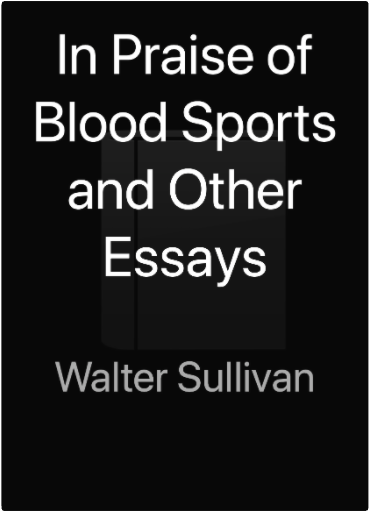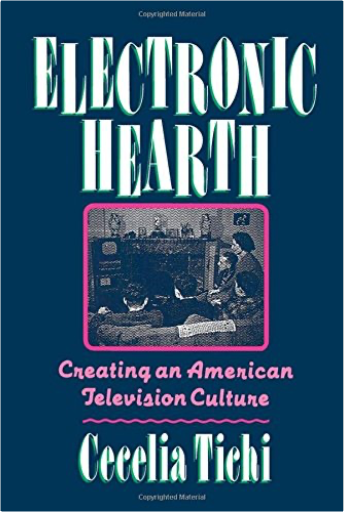 Electronic Hearth: Creating an American Television CultureCecelia Tichi Electronic Hearth: Creating an American Television CultureCecelia Tichi We all talk about the "tube" or "box," as if television were simply another appliance like the refrigerator or toaster oven. But Cecilia Tichi argues that TV is actually an environment—a pervasive screen-world that saturates almost every aspect of modern life. In Electronic Hearth, she looks at how that environment evolved, and how it, in turn, has shaped the American experience. 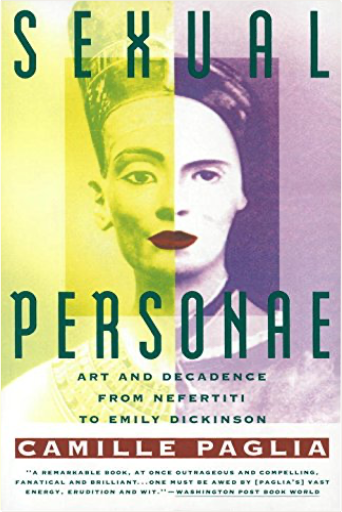 Sexual Personae: Art and Decadence from Nefertiti to Emily DickinsonCamille Paglia Sexual Personae: Art and Decadence from Nefertiti to Emily DickinsonCamille Paglia Here is the fiery, provocative, and unparalleled work of feminist art criticism that launched Camille Paglia’s exceptional career as one of our most important public intellectuals. Is Emily Dickinson “the female Sade”? Is Donatello’s David a bit of pedophile pornography? What is the secret kinship between Byron and Elvis Presley, between Medusa and Madonna? How do liberals and feminists—as well as conservatives—fatally misread human nature? This audacious and omnivorously learned work of guerrilla scholarship offers nothing less than a unified-field theory of Western culture, high and low, since Egyptians invented beauty—making a persuasive case for all art as a pagan battleground between male and female, form and chaos, civilization and daemonic nature. 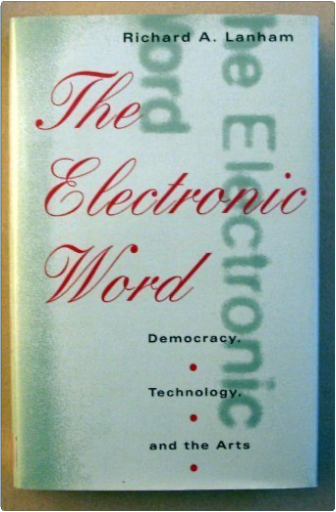 The Electronic Word: Democracy, Technology, and the ArtsRichard A. Lanham The Electronic Word: Democracy, Technology, and the ArtsRichard A. Lanham The personal computer has revolutionized communication, and digitized text has introduced a radically new medium of expression. Interactive, volatile, mixing word and image, the electronic word challenges our assumptions about the shape of culture itself. 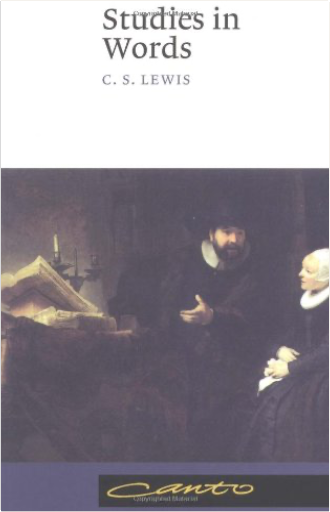 Studies in WordsC. S. Lewis Studies in WordsC. S. Lewis Language - in its communicative and playful functions, its literary formations and its shifting meanings - is a perennially fascinating topic. C. S. Lewis's Studies in Words explores this fascination by taking a series of words and teasing out their connotations using examples from a vast range of English literature, recovering lost meanings and analysing their functions. It doubles as an absorbing and entertaining study of verbal communication, its pleasures and problems. The issues revealed are essential to all who read and communicate thoughtfully, and are handled here by a masterful exponent and analyst of the English language. 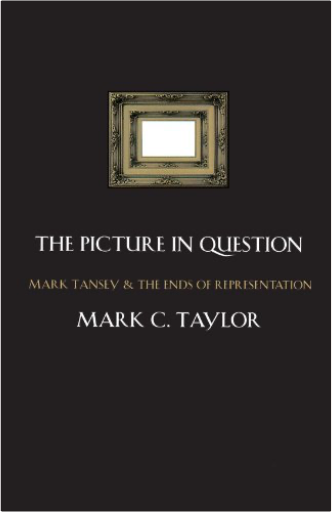 The Picture in Question: Mark Tansey and the Ends of RepresentationMark C. Taylor The Picture in Question: Mark Tansey and the Ends of RepresentationMark C. Taylor A rich exploration of the possibilities of representation after Modernism, Mark Taylor's new study charts the logic and continuity of Mark Tansey's painting by considering the philosophical ideas behind Tansey's art. Taylor examines how Tansey uses structuralist and poststructuralist thought as well as catastrophe, chaos, and complexity theory to create paintings that please the eye while provoking the mind. Taylor's clear accounts of thinkers ranging from Plato, Kant, and Hegel to Merleau-Ponty, Derrida, and de Man will be an invaluable contribution to students and teachers of art. 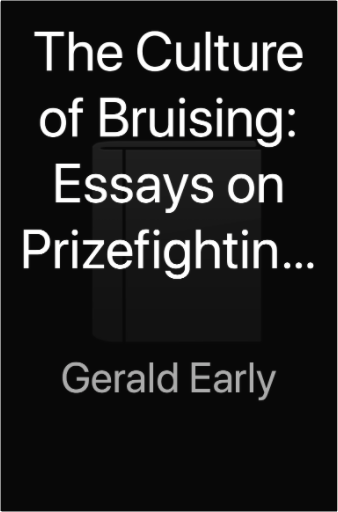 The Culture of Bruising: Essays on Prizefighting, Literature, and Modern American CultureGerald Early The Culture of Bruising: Essays on Prizefighting, Literature, and Modern American CultureGerald Early 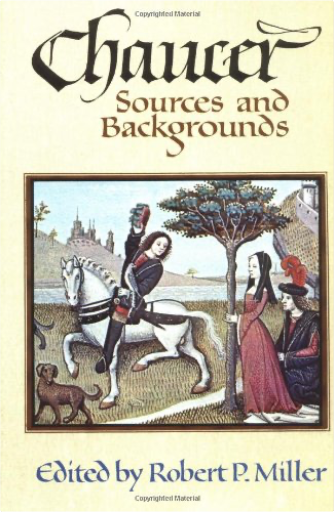 Chaucer: Sources and BackgroundsRobert P. Miller Chaucer: Sources and BackgroundsRobert P. Miller Professor Miller has provided one of the most comprehensive collections of primary source material available for the study of Chaucer's work. These selections are drawn from works which Chaucer is known to have used 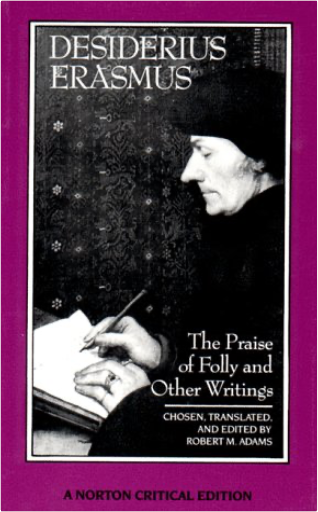 The Praise of Folly and Other WritingsDesiderius Erasmus, Robert M. Adams The Praise of Folly and Other WritingsDesiderius Erasmus, Robert M. Adams This Norton Critical Edition provides a wide selection of Erasmus’s writings, translated from the Latin into fresh, modern English.Besides the celebrated Praise of Folly, Robert M. Adams has included the political "Complaint of Peace," the brutal antipapal satire "Julius Excluded from Heaven," two versions of Erasmus’s important preface to the Latin translation of the New Testament, and a selection both serious and comic of his Colloquies and his letters. Adams has made these selections to emphasize the humane, rather than the doctrinaire, side of the first and arguably greatest humanist. 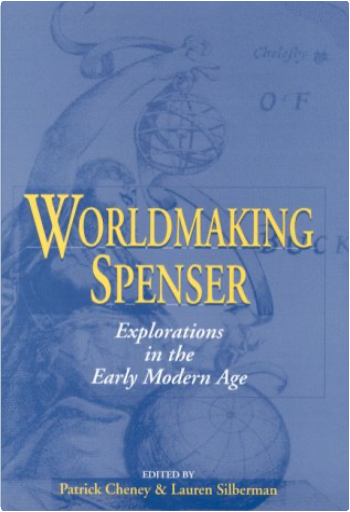 Worldmaking Spenser: Explorations in the Early Modern AgePatrick Cheney, Lauren Silberman Worldmaking Spenser: Explorations in the Early Modern AgePatrick Cheney, Lauren Silberman Worldmaking Spenser reexamines the role of Spenser's work in English history and highlights the richness and complexity of his understanding of place. The volume centers on the idea that complex and allusive literary works such as The Faerie Queene must be read in the context of the cultural, literary, political, economic, and ideological forces at play in the highly allegorical poem. The authors define Spenser as the maker of poetic worlds, of the Elizabethan world, and of the modern world. The essays look at Spenser from three distinct vantage points. The contributors explore his literary origins in classical, medieval, and Renaissance continental writings and his influences on sixteenth-century culture. Spenser also had a great impact on later literary figures, including Lady Mary Wroth and Aemilia Lanyer, two of the seventeenth century's most important writers. The authors address the full range of Spenser's work, both long and short poetry as well as prose. The essays unequivocally demonstrate that Spenser occupies a substantial place in a seminal era in English history and European culture. 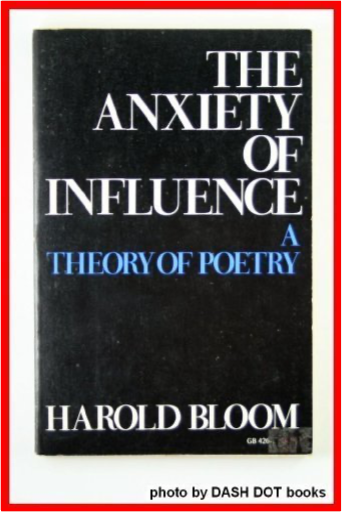 The Anxiety of Influence: A Theory of PoetryHarold Bloom The Anxiety of Influence: A Theory of PoetryHarold Bloom Harold Bloom's The Anxiety of Influence has cast its own long shadow of influence since it was first published in 1973. Through an insightful study of Romantic poets, Bloom puts forth his central vision of the relations between tradition and the individual artist. Although Bloom was never the leader of any critical "camp," his argument that all literary texts are a response to those that precede them had an enormous impact on the practice of deconstruction and poststructuralist literary theory in this country. The book remains a central work of criticism for all students of literature and has sold over 17,000 copies in paperback since 1984. Written in a moving personal style, anchored by concrete examples, and memorably quotable, Bloom's book maintains that the anxiety of influence cannot be evaded—neither by poets nor by responsible readers and critics. 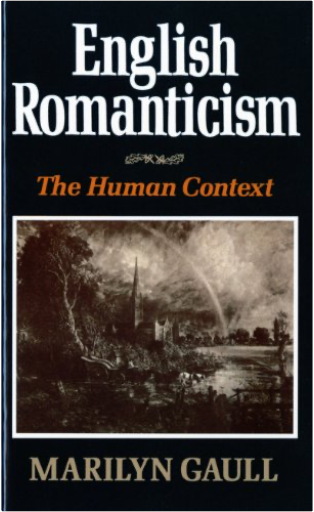 English RomanticismMarilyn Gaull English RomanticismMarilyn Gaull The English Romantic period―when, as Wordsworth wrote, "the whole earth/The beauty wore of promise"―was also a time in which many of our contemporary attitudes, conventions, and institutions originated. The present book explores, in fascinating depth, the context given by human beings of the time to what its writers called "the spirit of the age." |
 Made with Delicious Library
Made with Delicious LibraryDenver, CO zipflap congrotus delicious library Tolva, John

